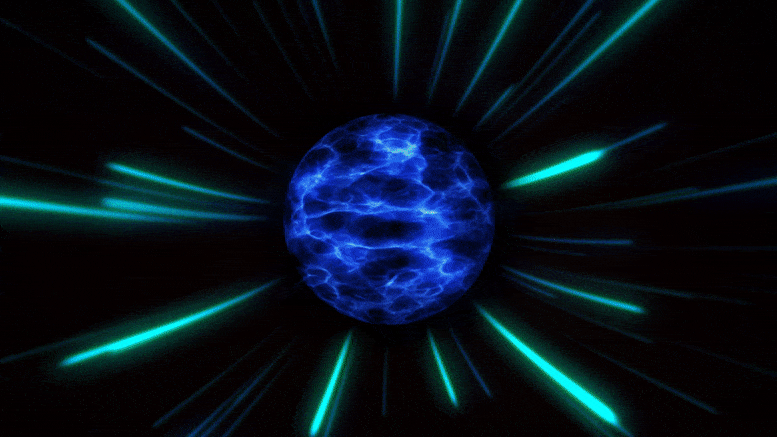Latent until activated by the correct frequency wavelengh to resonate the cavity.
Viral latency is the ability of a virus to remain dormant within the host cell
A virus receptor can be defined as a host cell surface component recognized by the virus as a gateway to entry into the cell.
Membrane potential is the difference in electric potential between the interior and the exterior of a biological cell.
Cationic liposomes are spherical structures that contain positively charged lipids. Cationic liposomes can vary in size between 40 nm and 500 nm, and they can either have one lipid bilayer (monolamellar) or multiple lipid bilayers (multilamellar).[1] The positive charge of the phospholipids allows cationic liposomes to form complexes with negatively charged nucleic acids (DNA, mRNA, and siRNA) through ionic interactions.
Ionic interactions arise from electrostatic attraction between two groups of opposite charge. ... These interactions do not produce true “bonds,” since there is no sharing of electrons between the groups involved. The groups are pushed together by their “expulsion” from the polar medium.
The dipole consists of two point electric charges of opposite polarity located close together.
An ion-dipole force is an attractive force that results from the electrostatic attraction between an ion and a neutral molecule that has a dipole. Most commonly found in solutions. ... A positive ion (cation) attracts the partially negative end of a neutral polar molecule.
Dipolar or polar molecules are the molecules that posses an electric dipole. The dipoles of some molecules depend on their environment and can change substantially when they are transferred from one medium to another, especially when molecules become ionized in a solvent.
Photoionization is the physical process in which an ion is formed from the interaction of a photon with an atom or molecule.
In some materials, the absorption of a single photon can trigger a chain reaction that produces a large burst of light. The discovery of these photon avalanches in nanostructures opens the way to imaging and sensing applications.
The photon is a type of elementary particle. It is the quantum of the electromagnetic field, including electromagnetic radiation such as light and radio waves and the force carrier for the electromagnetic force. Photons are massless, so they always move at the speed of light in vacuum, 299792458 m/s.
Photon echo is a fundamental tool for the manipulation of electromagnetic fields.

